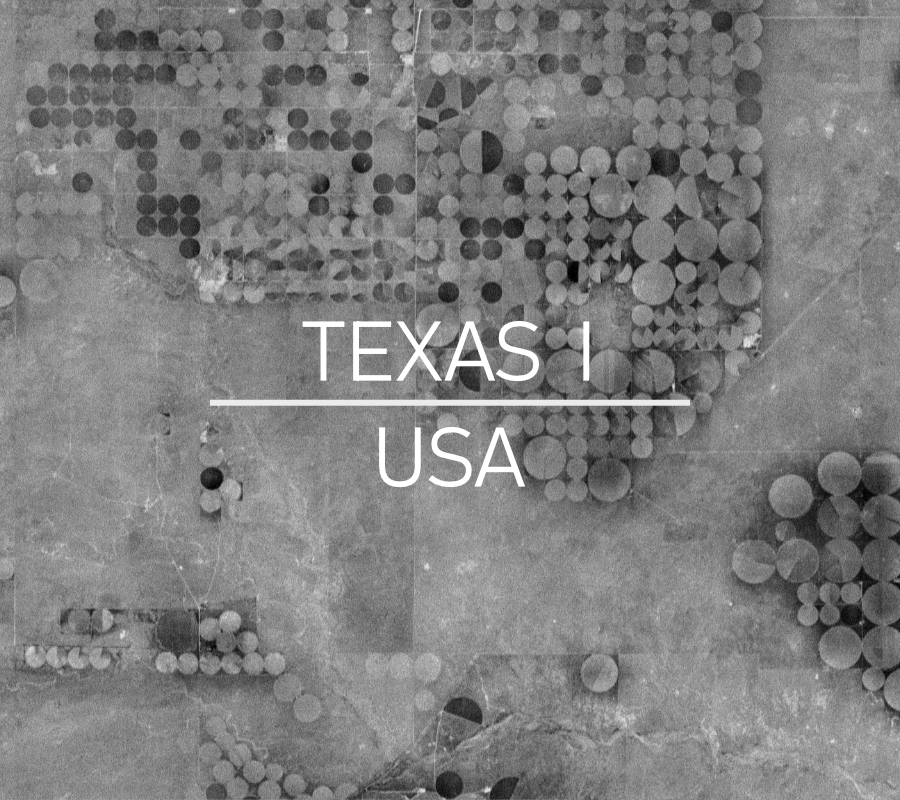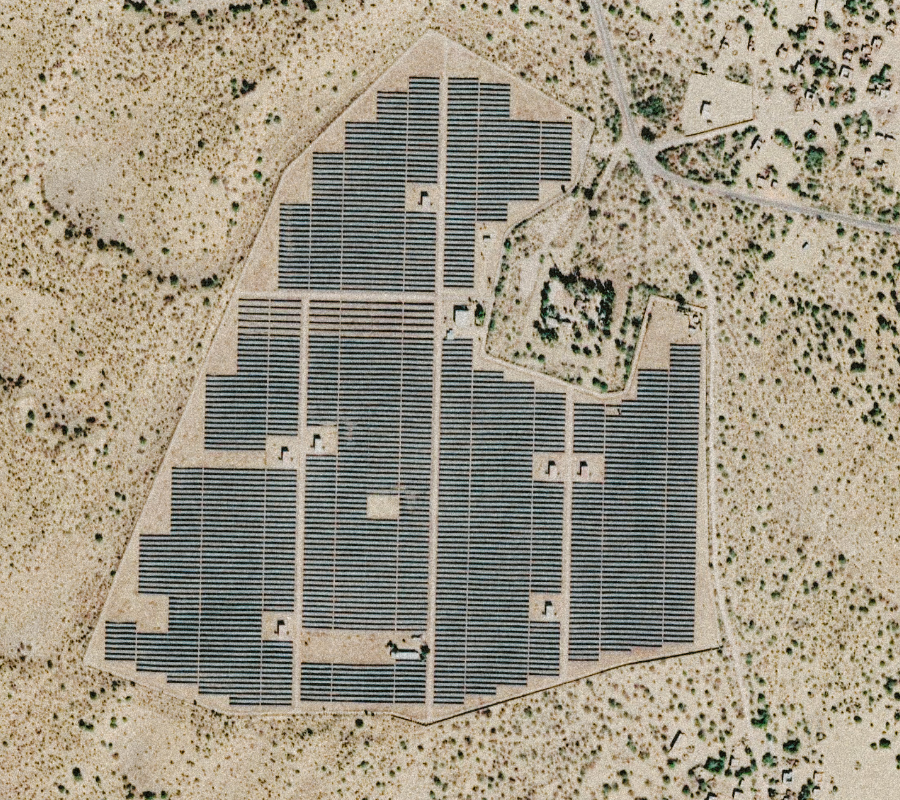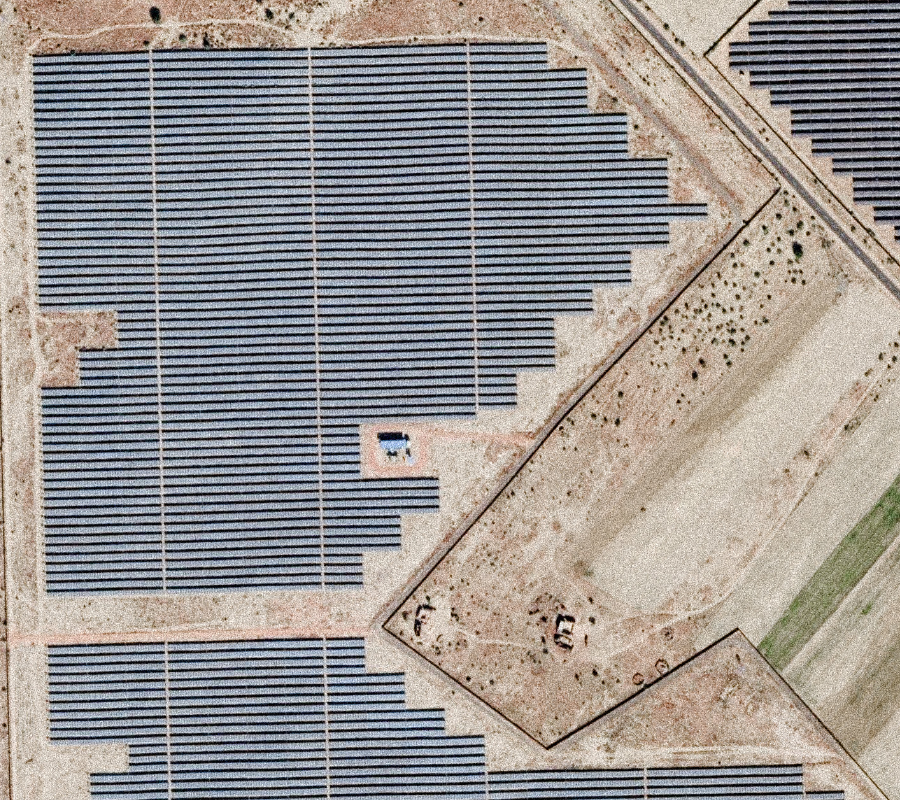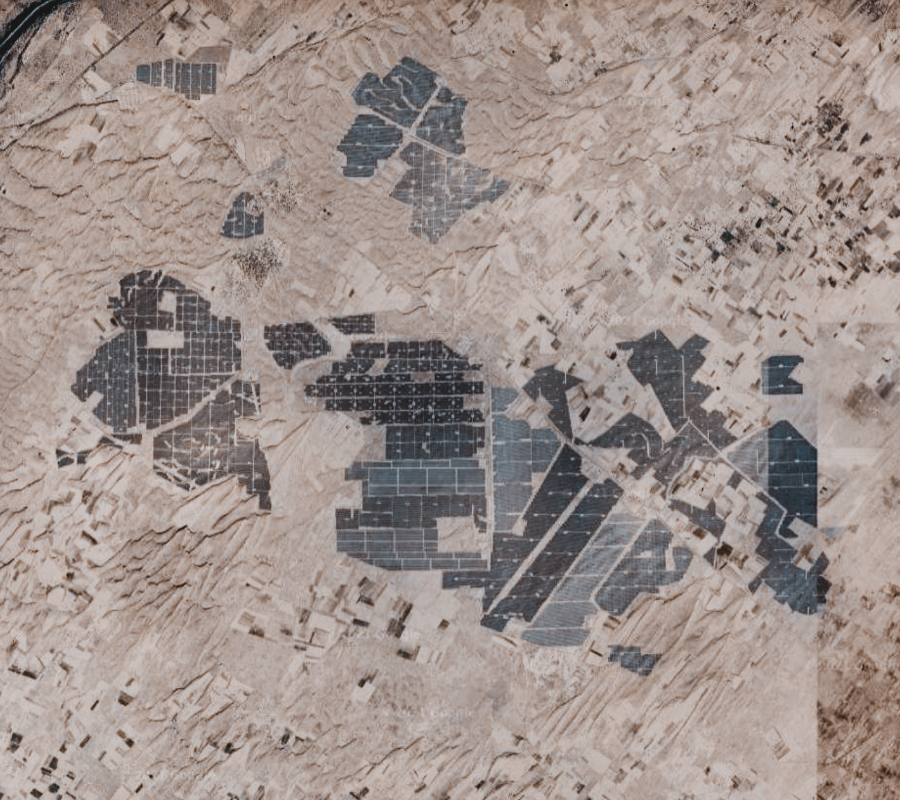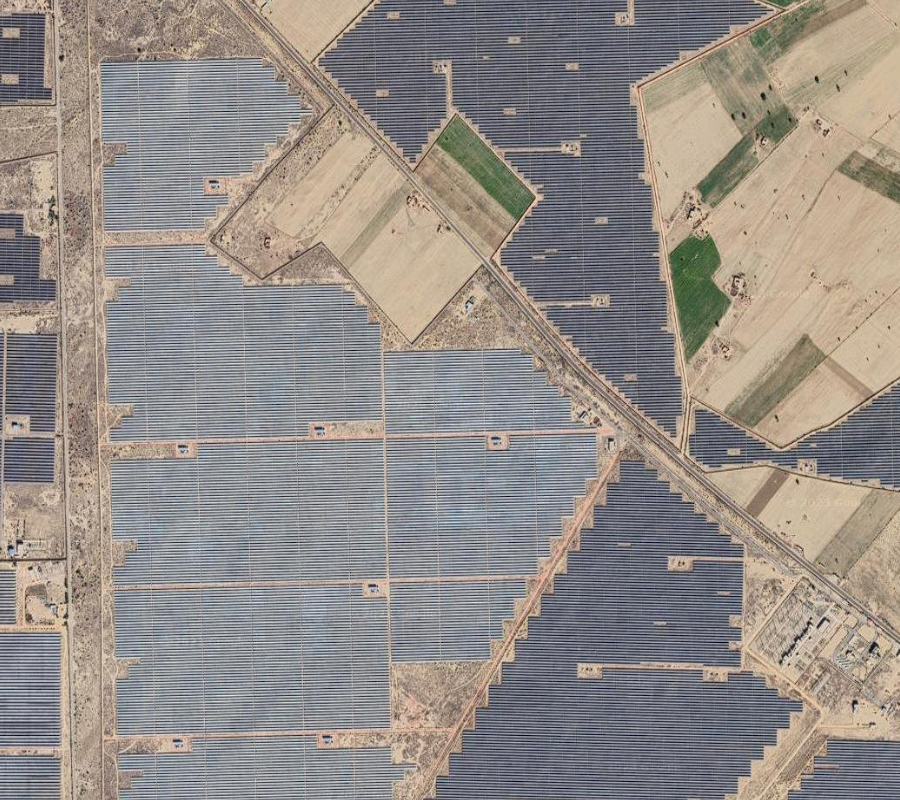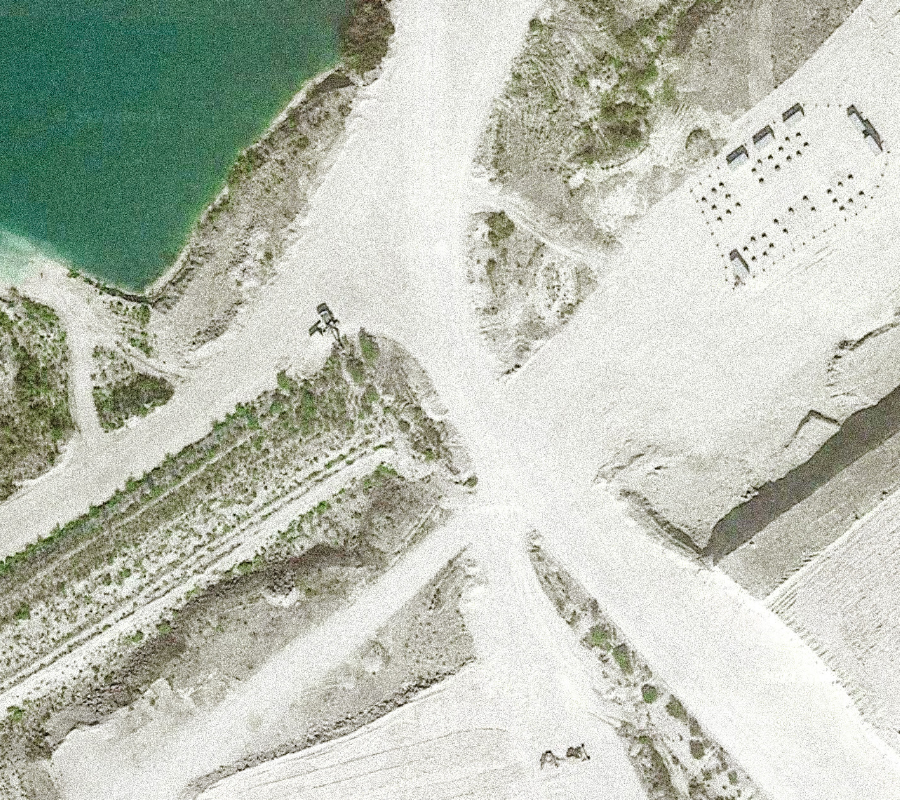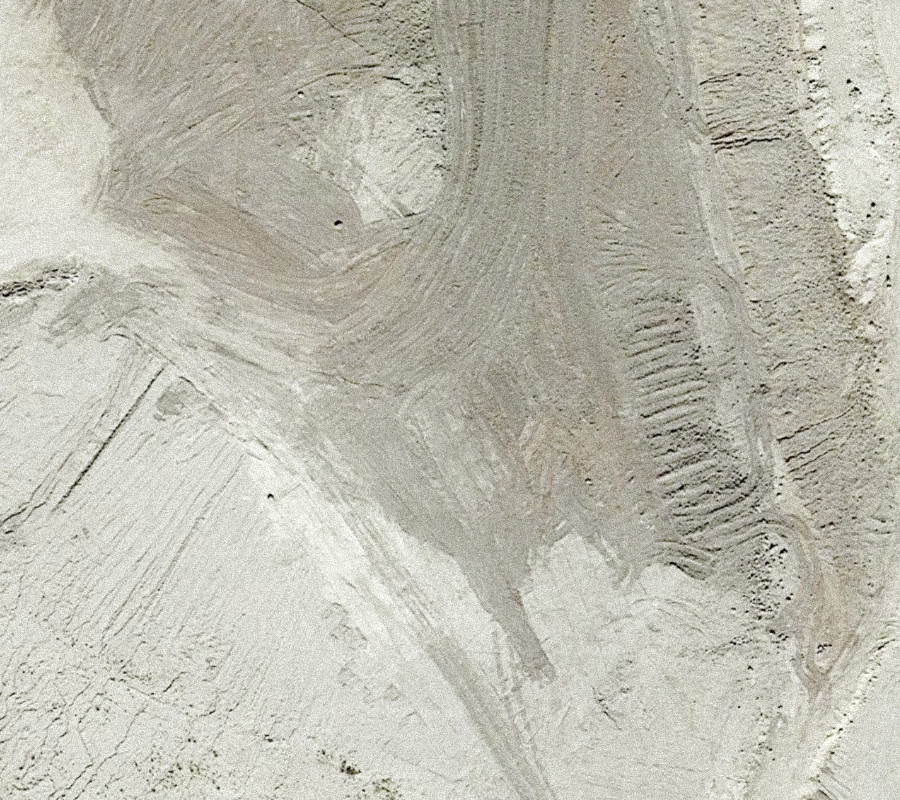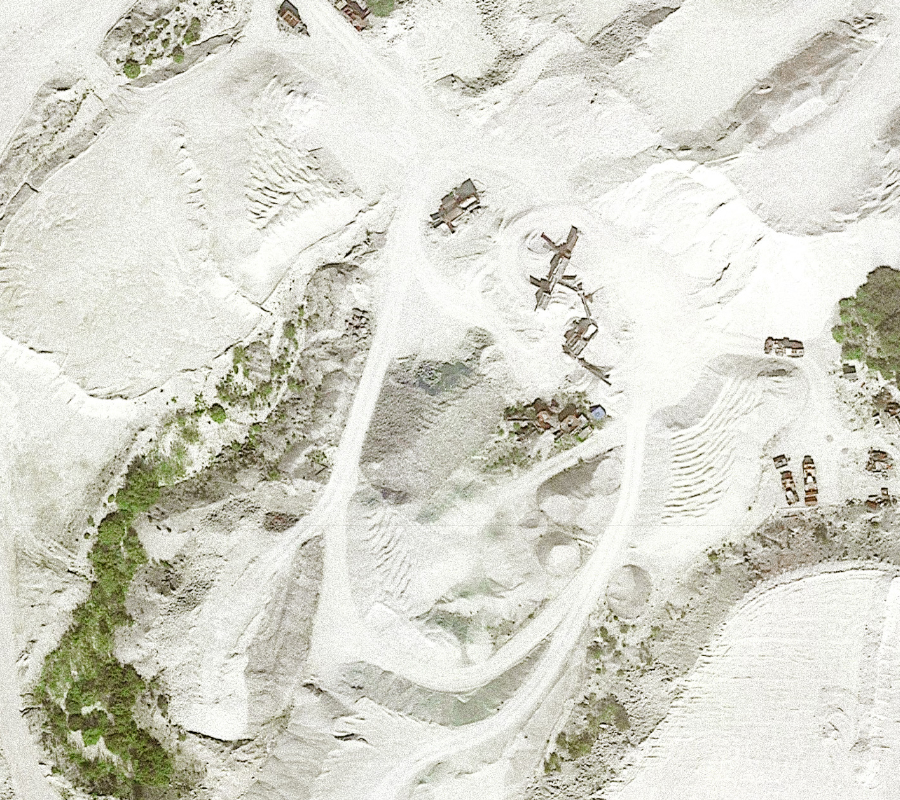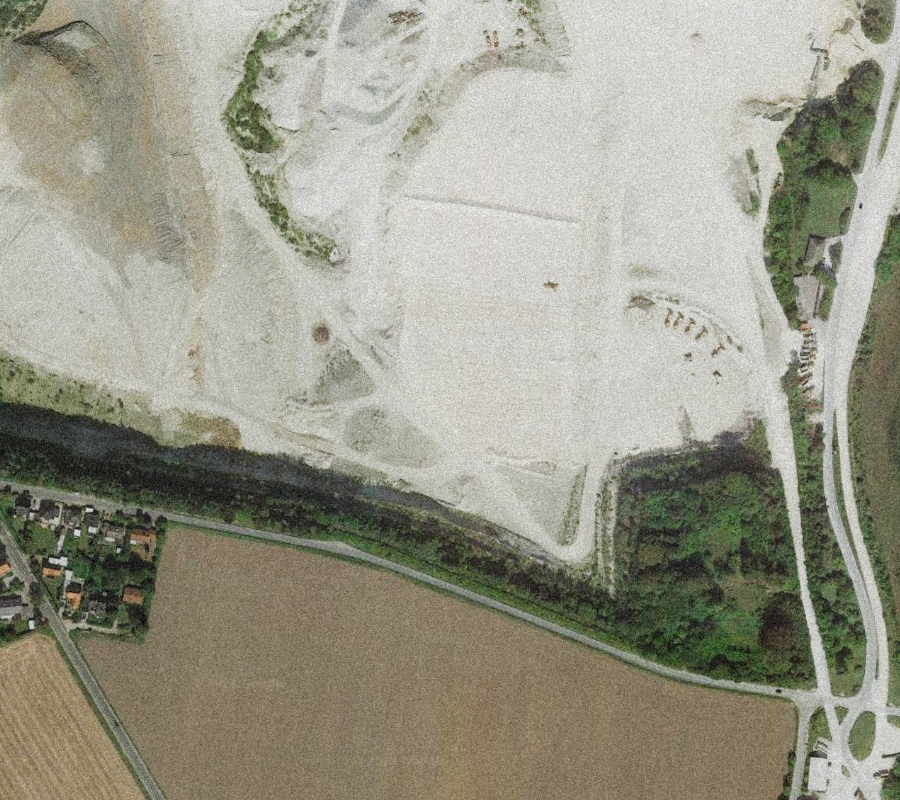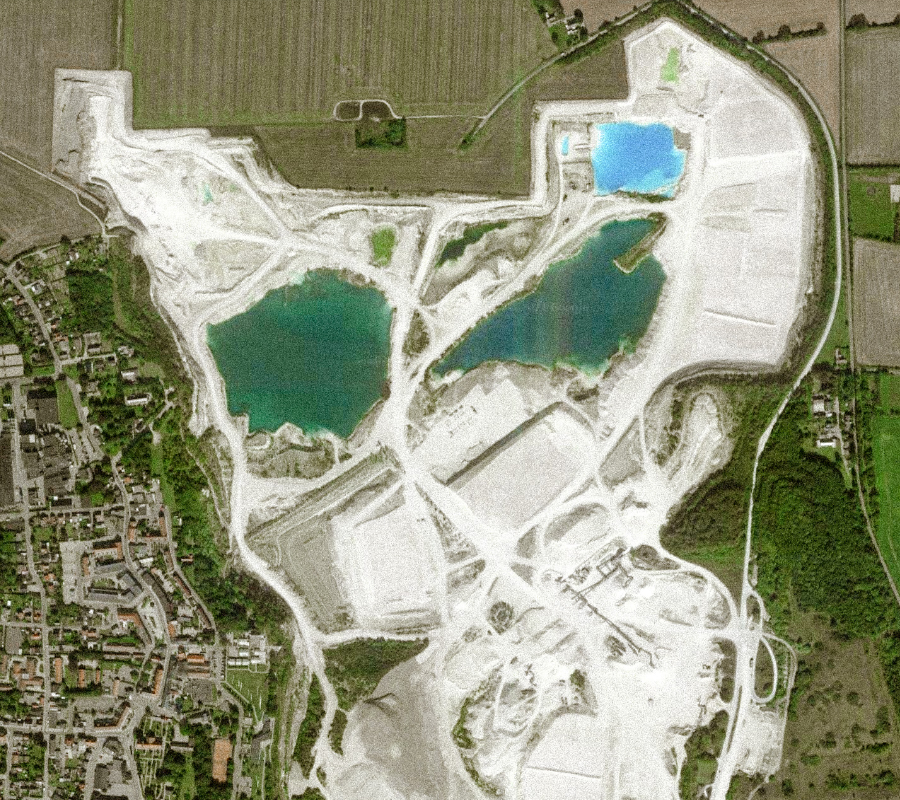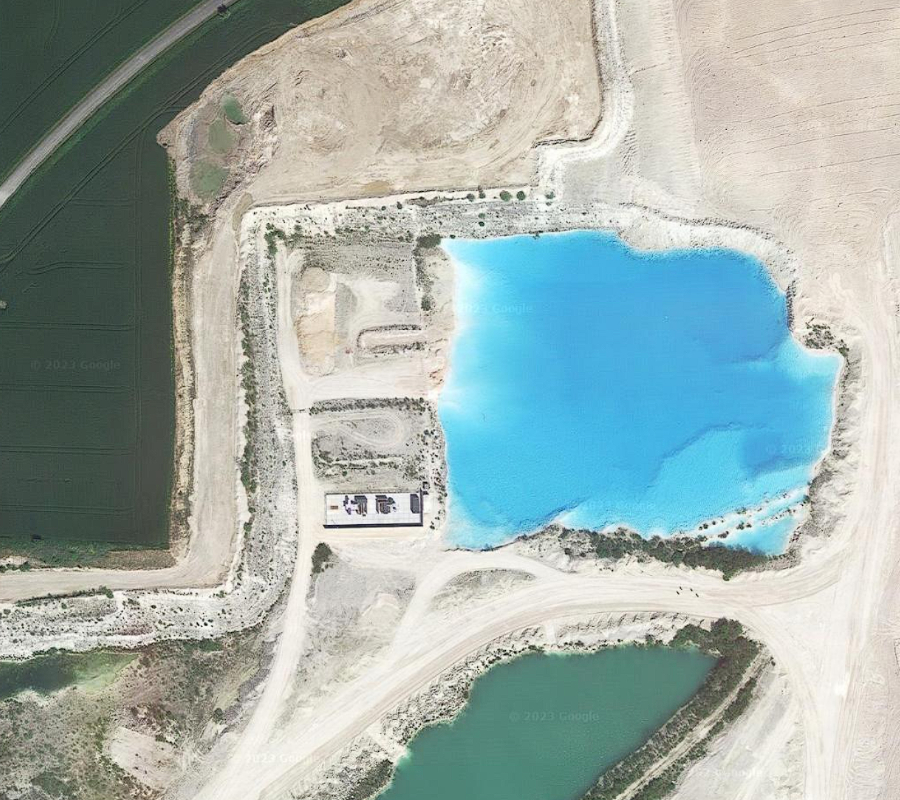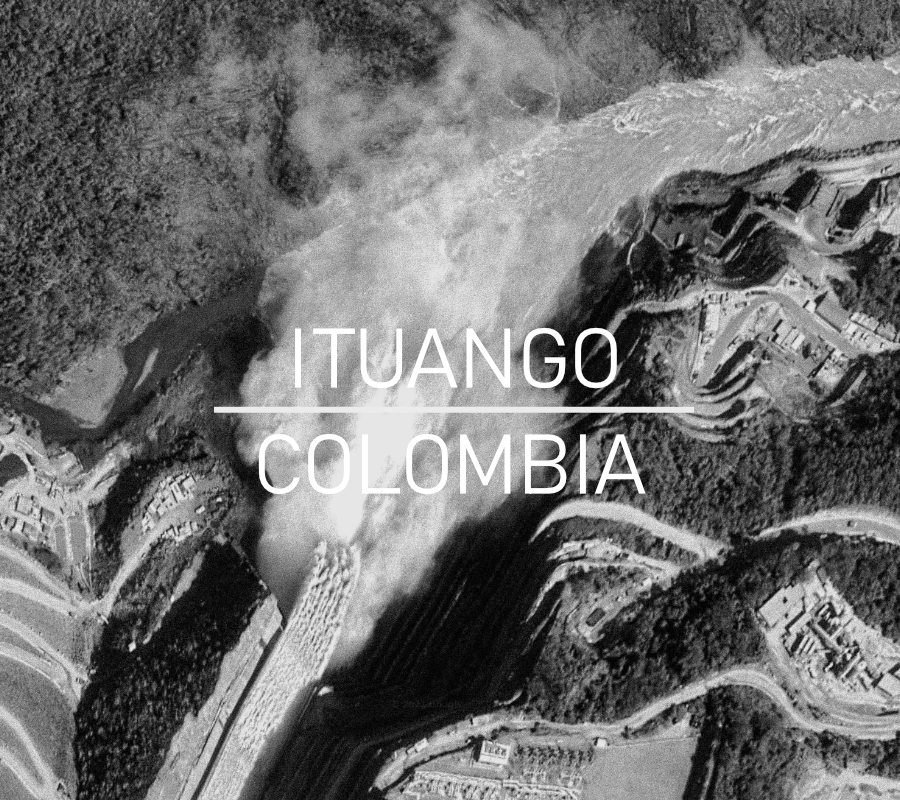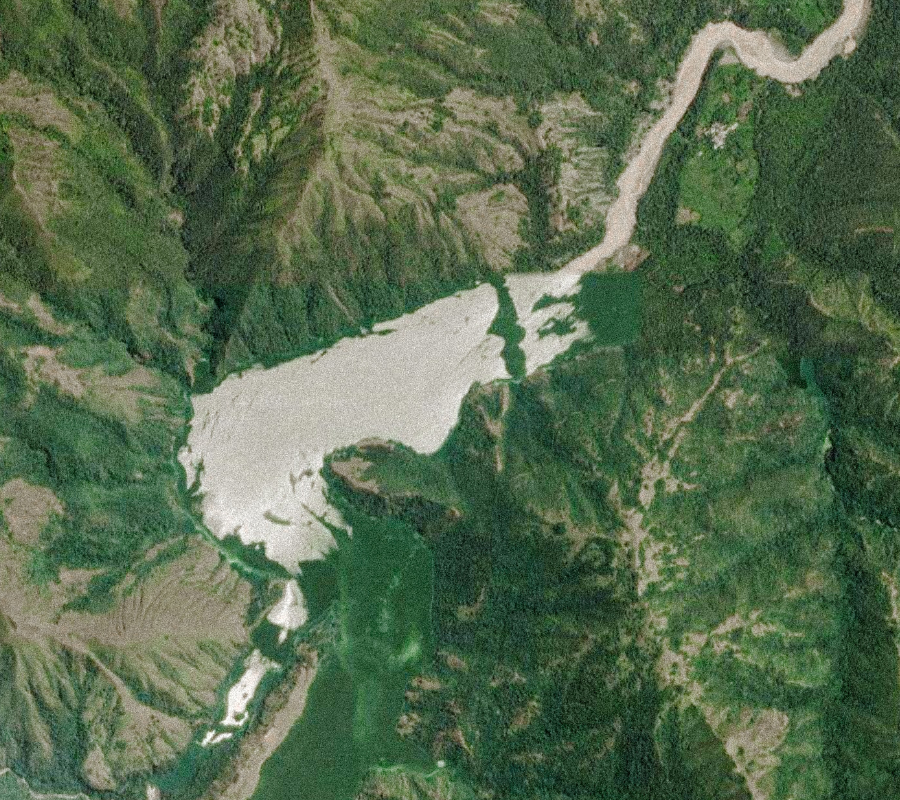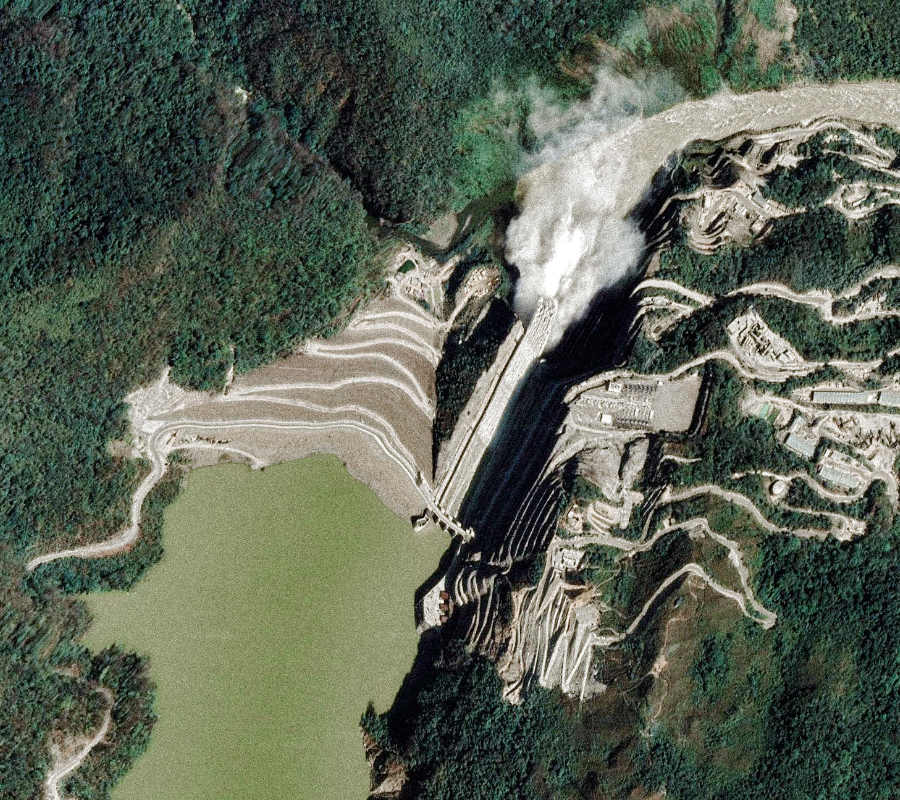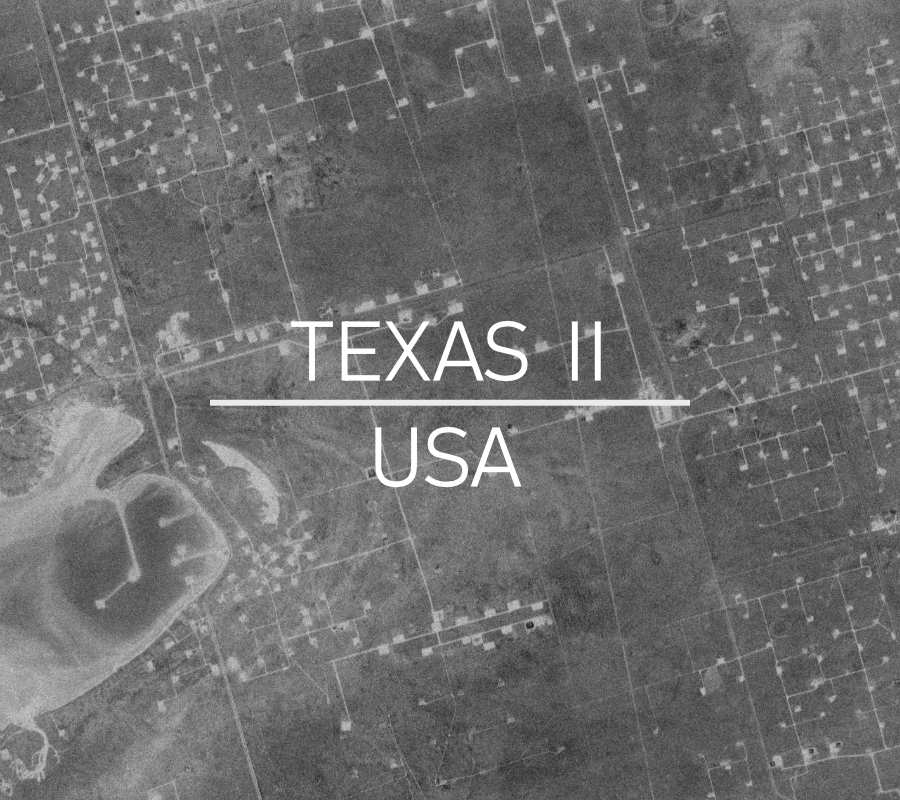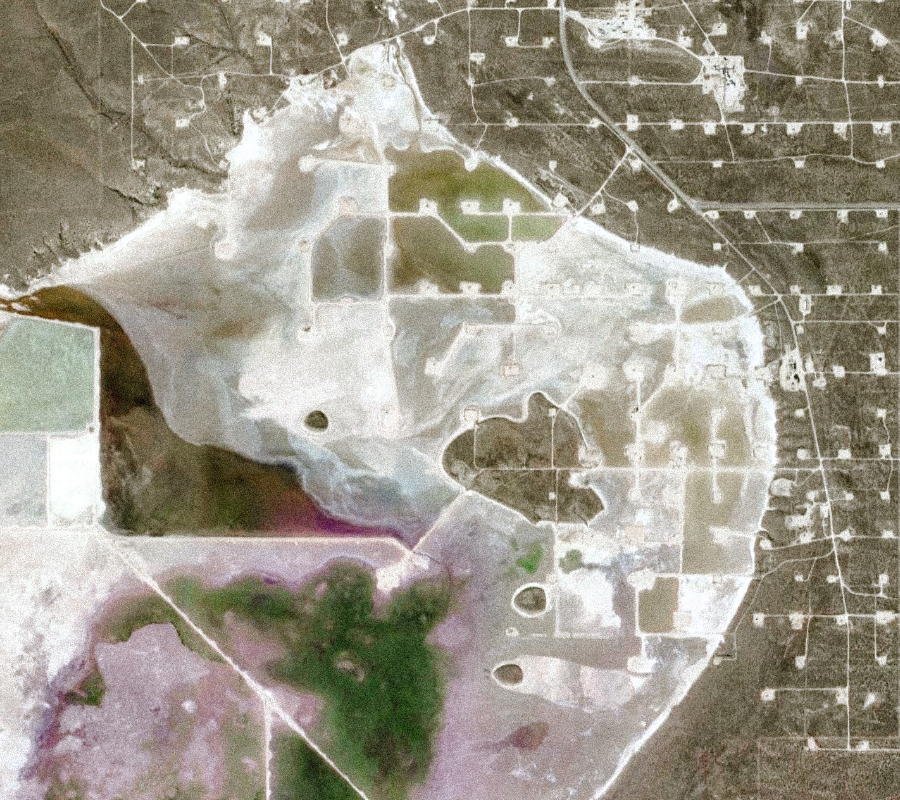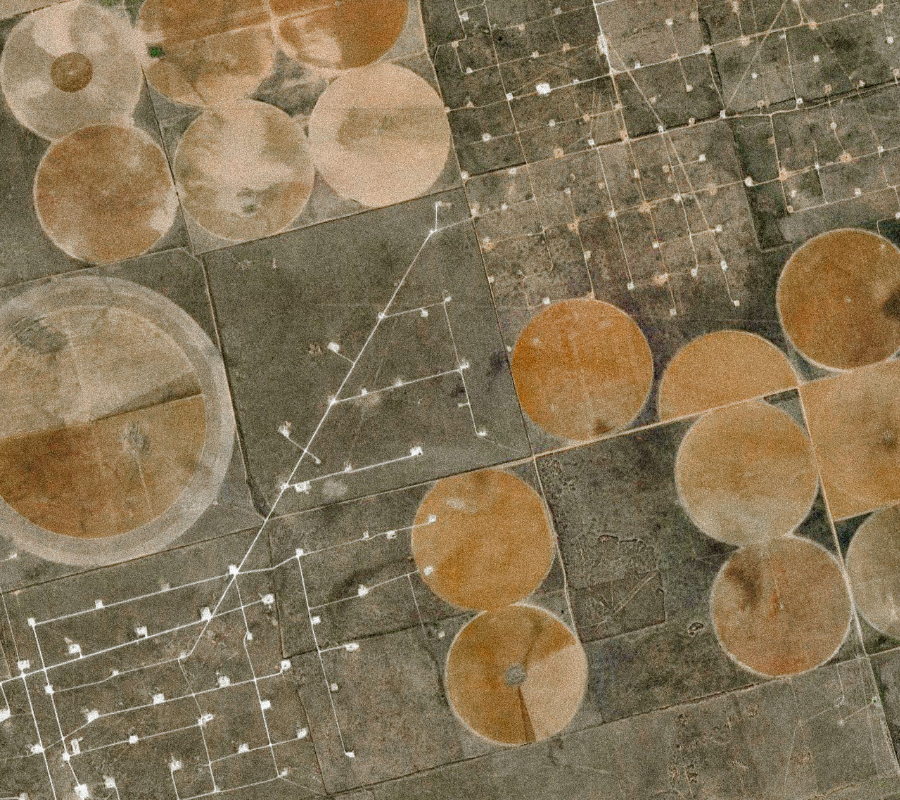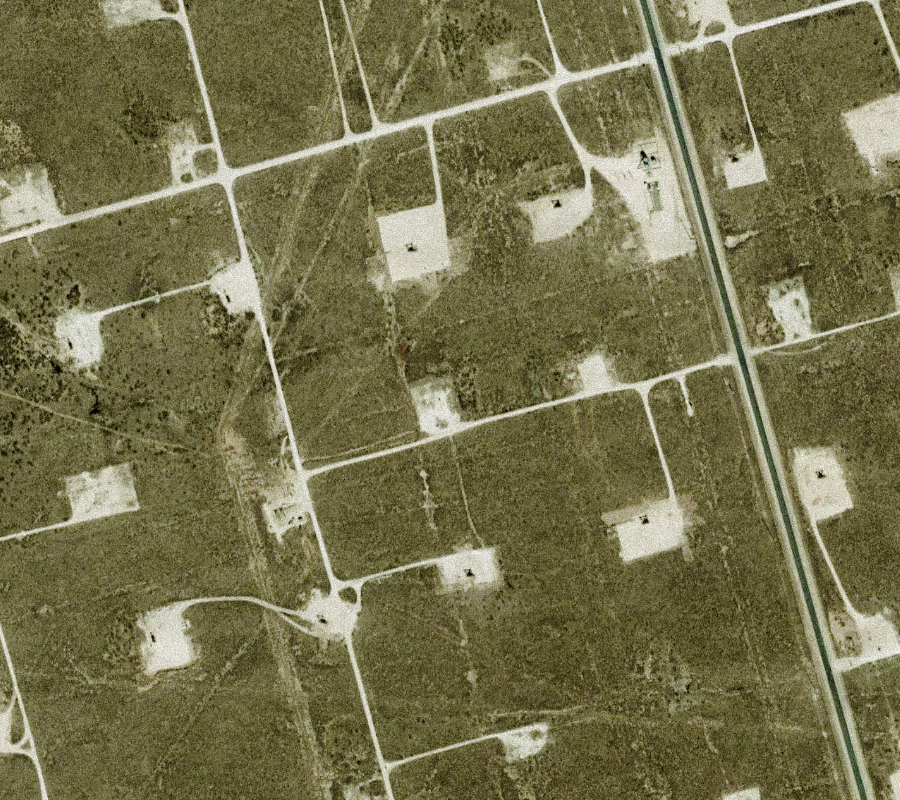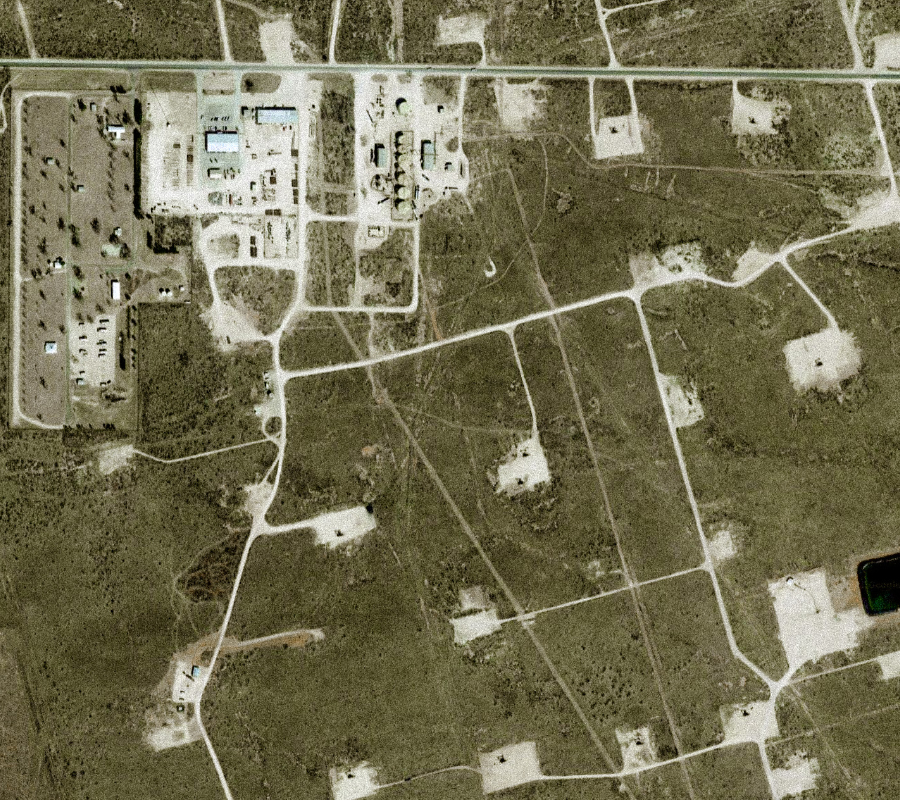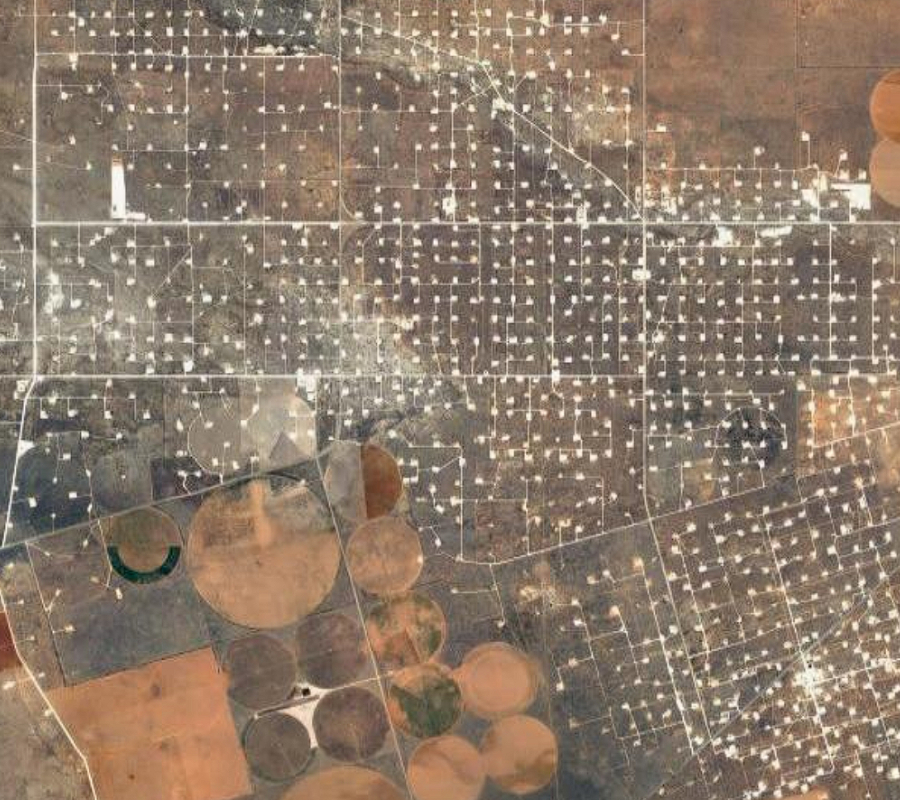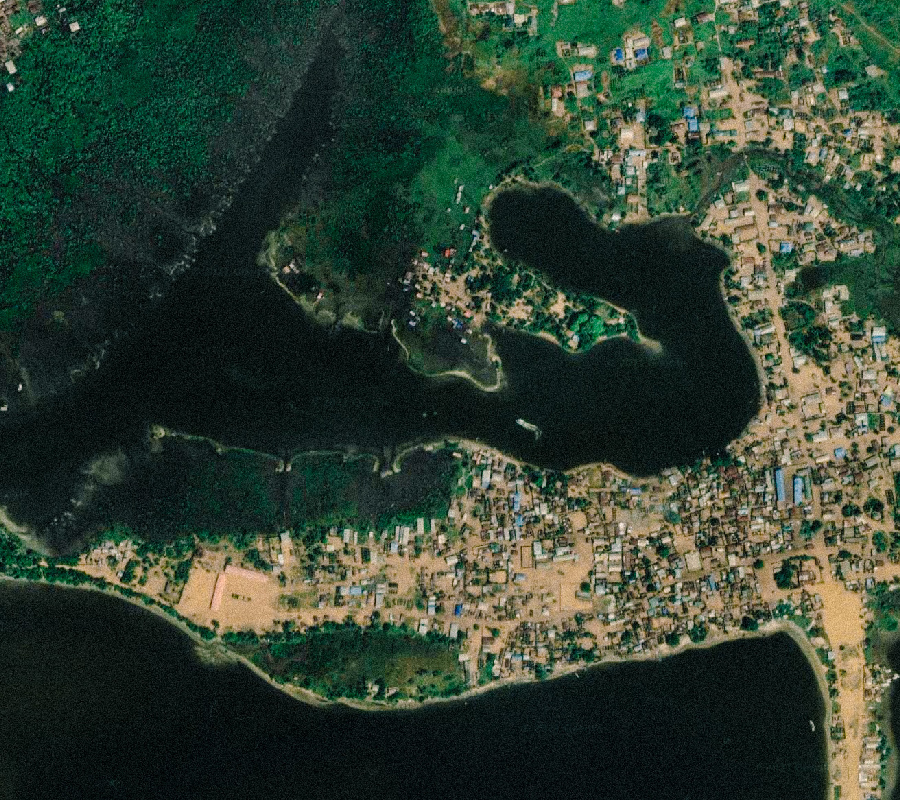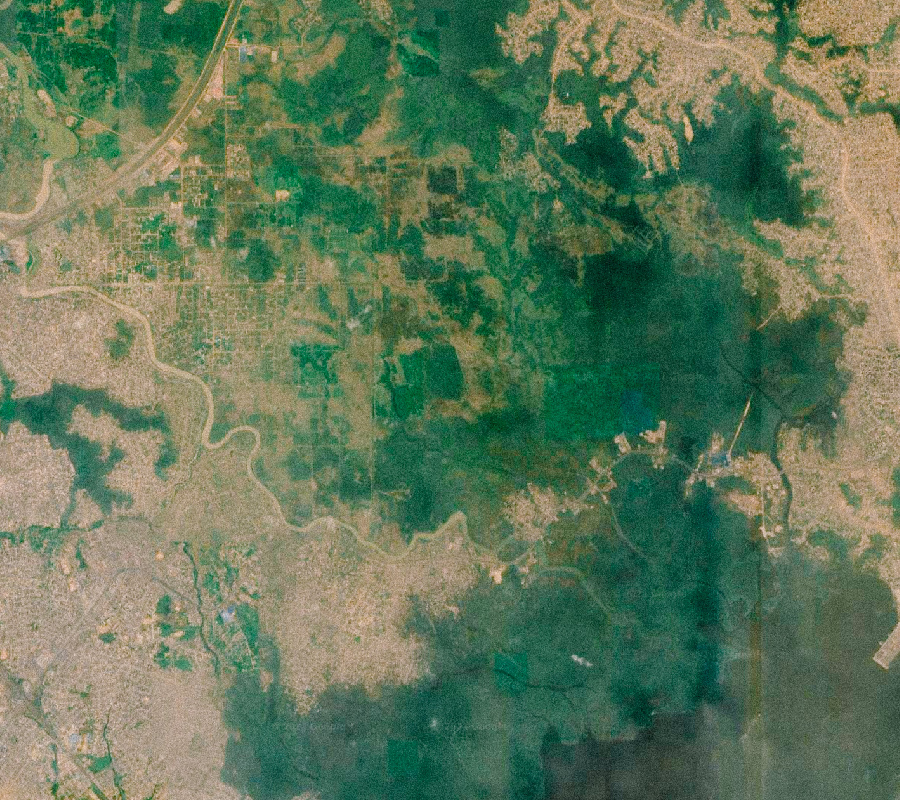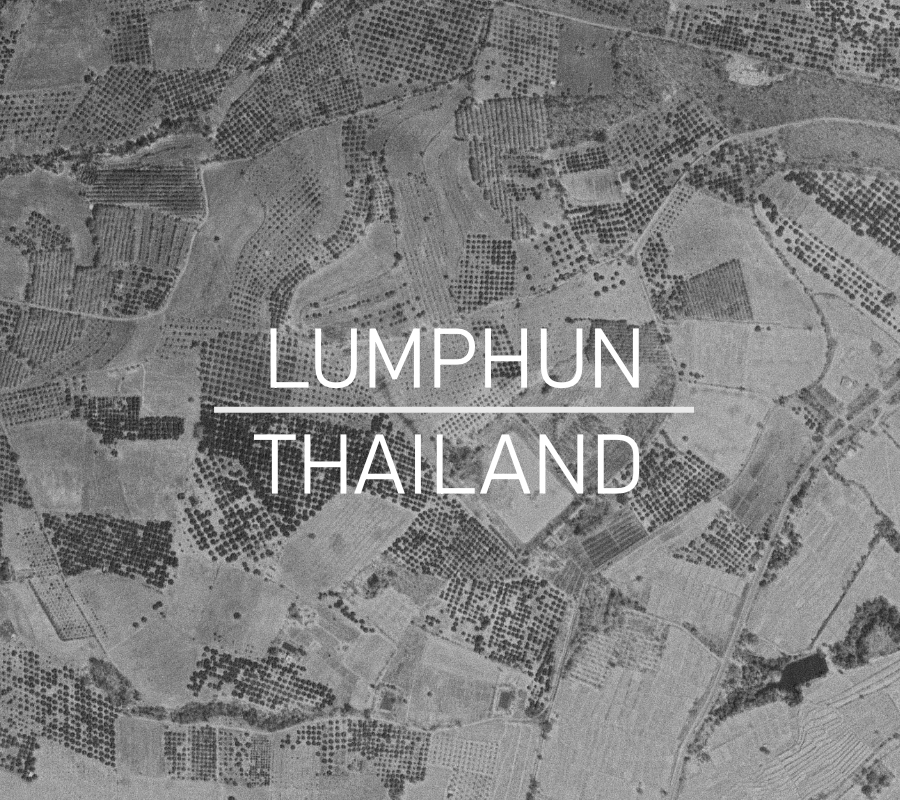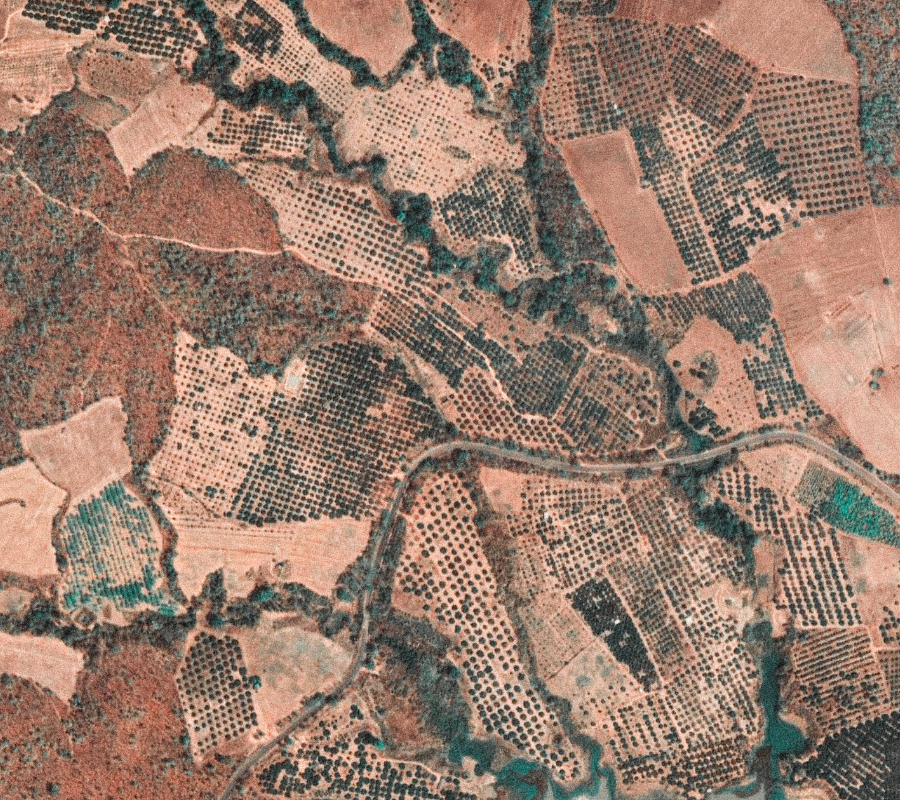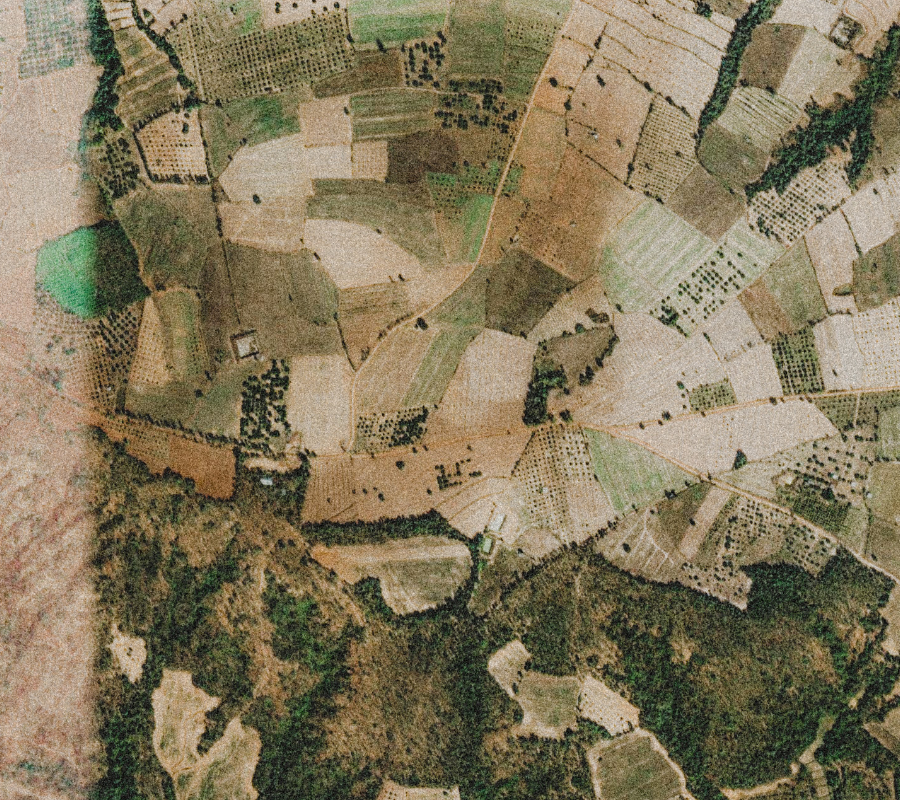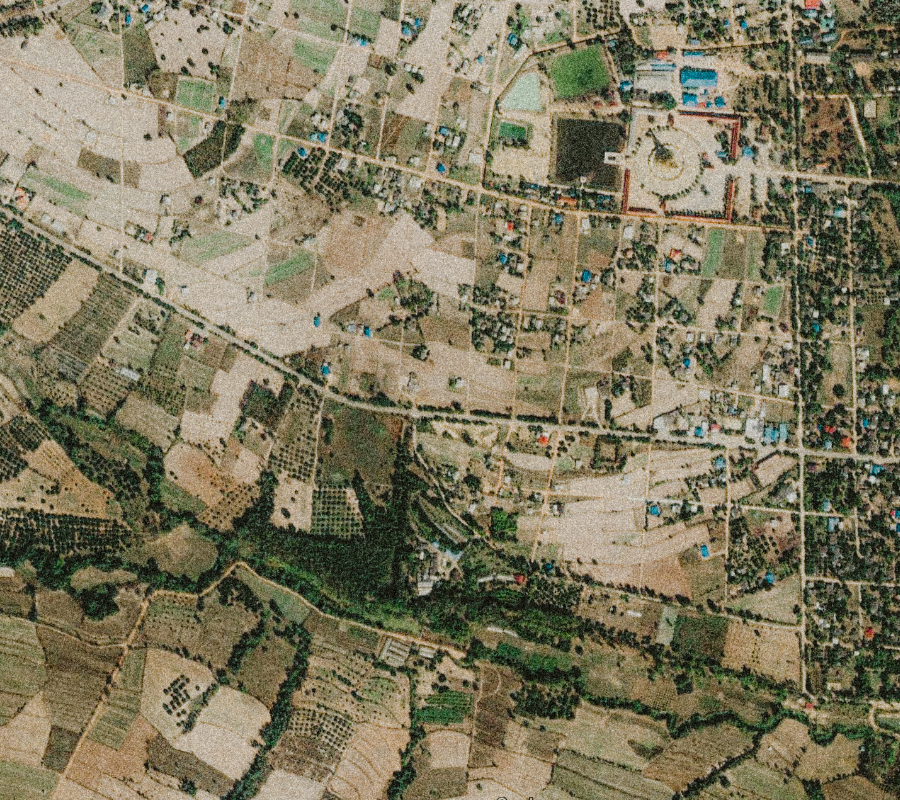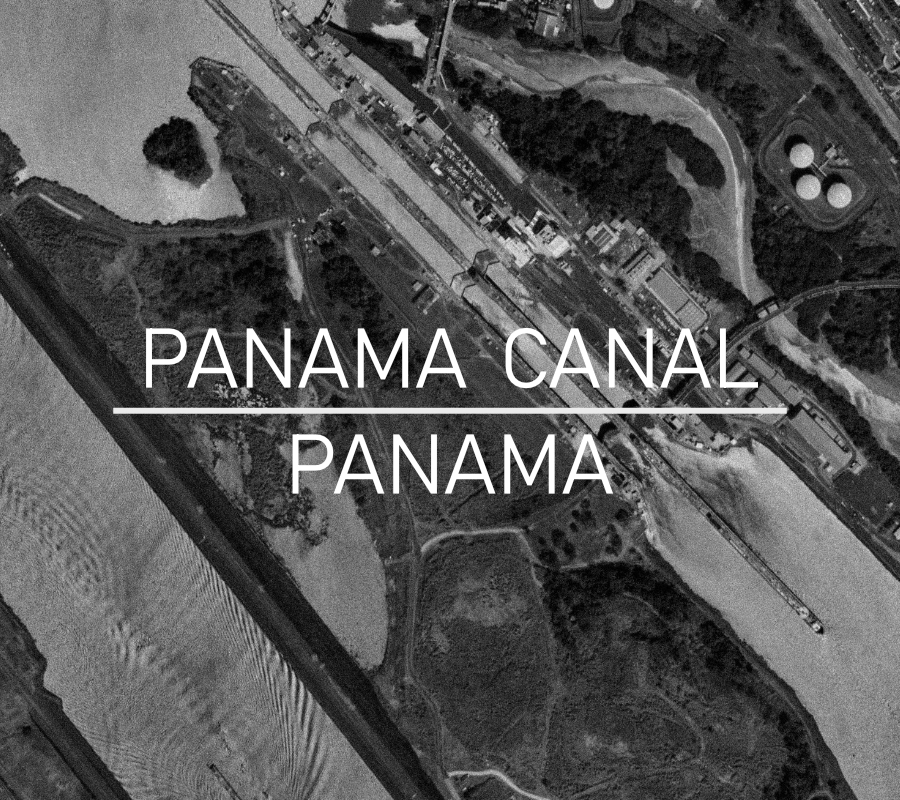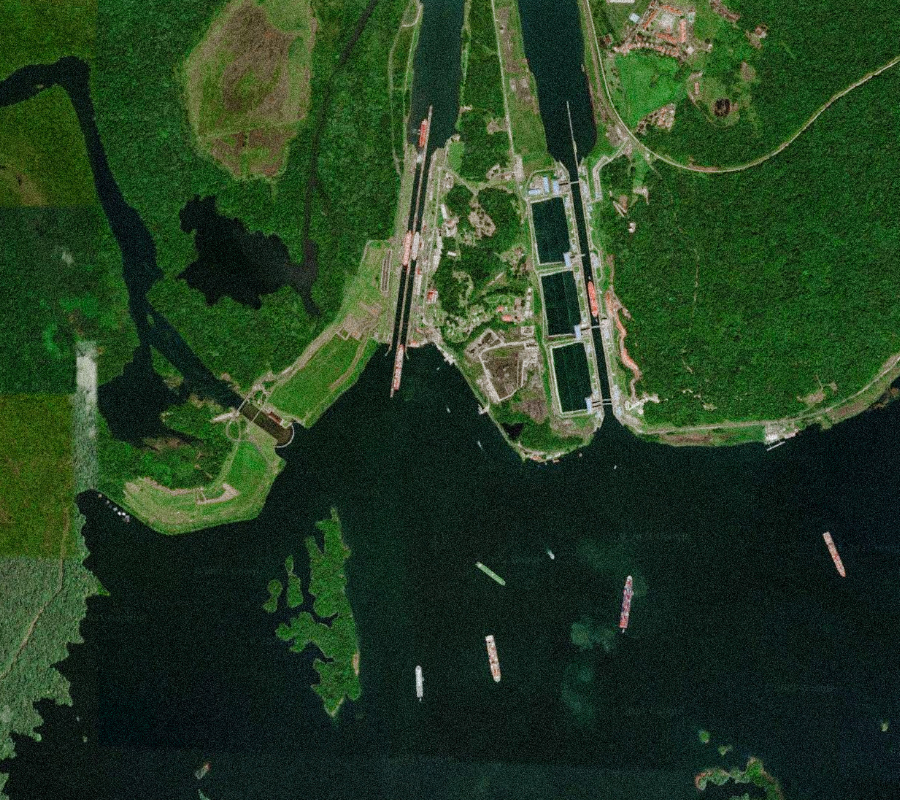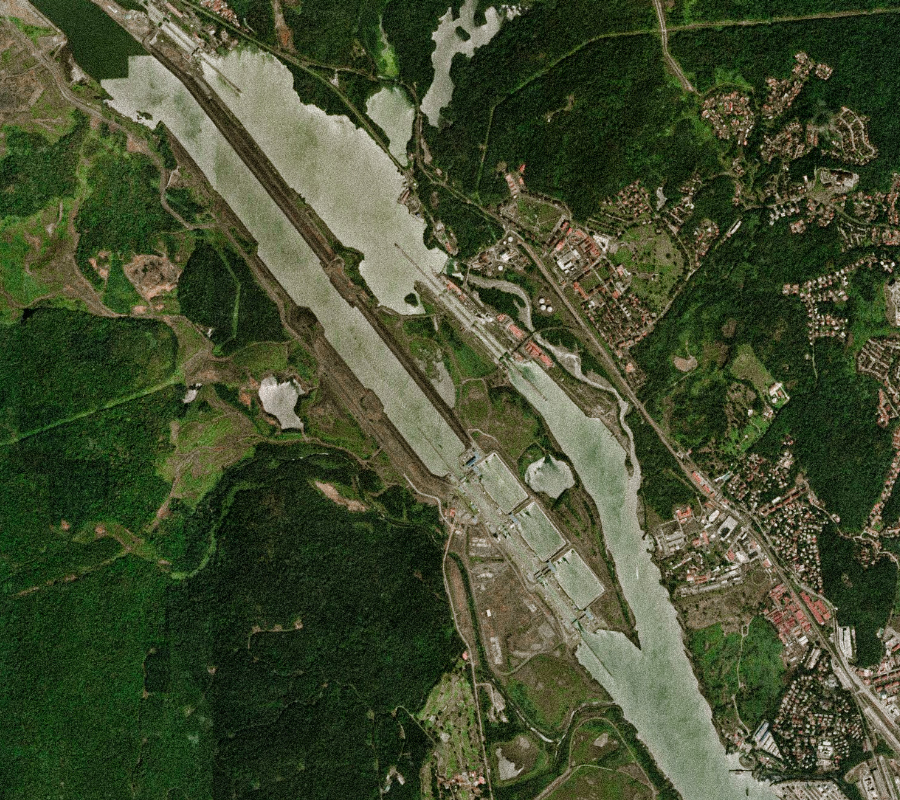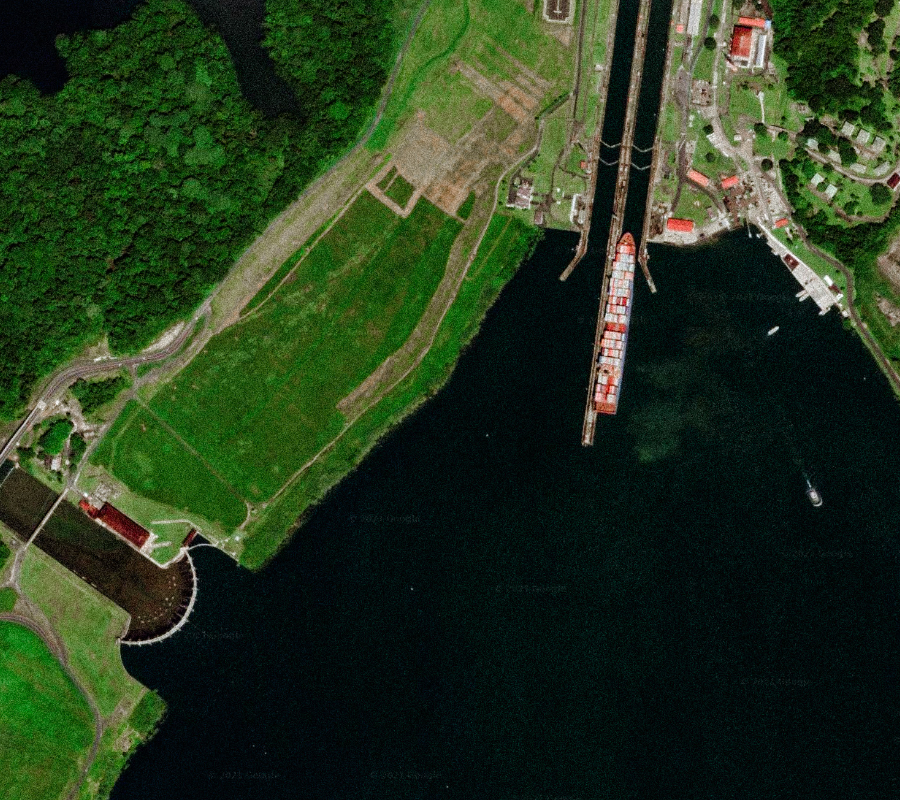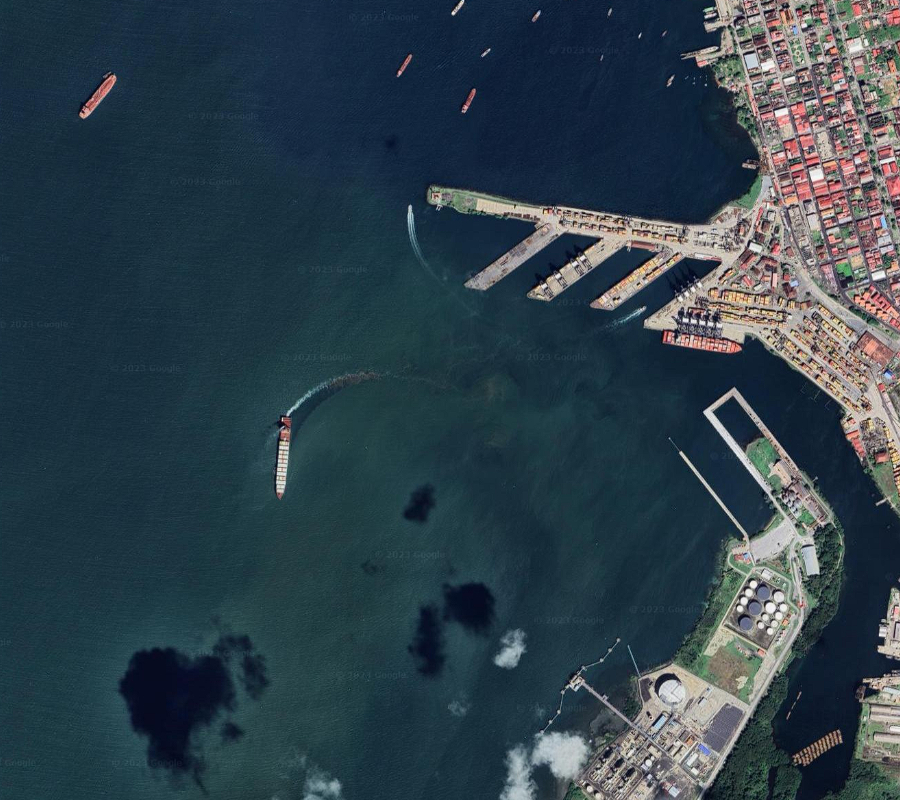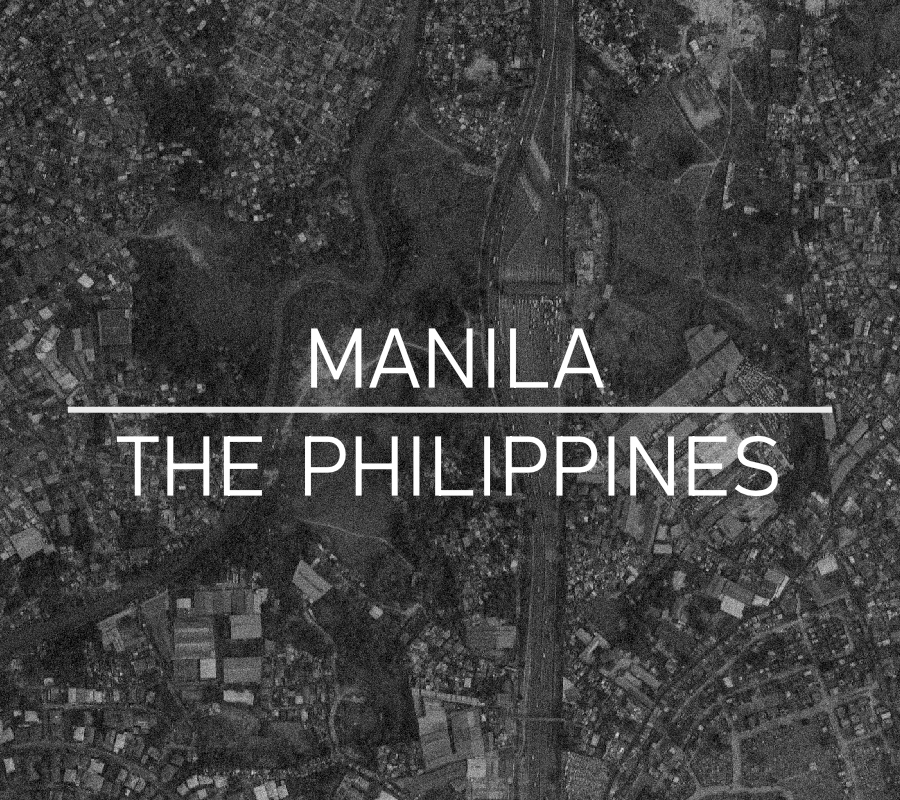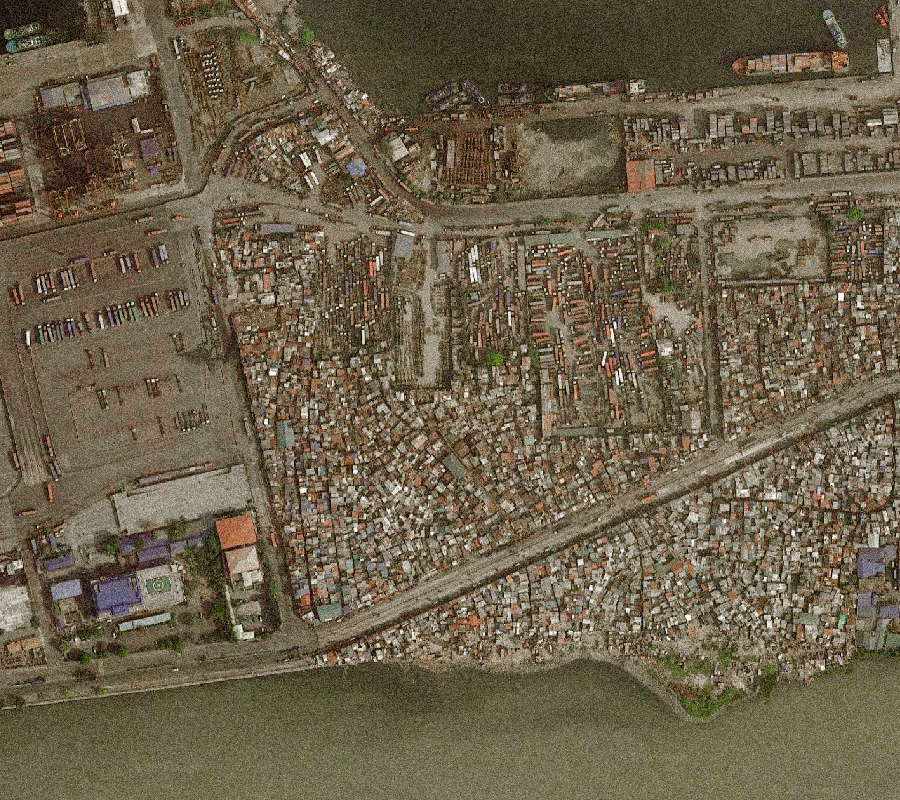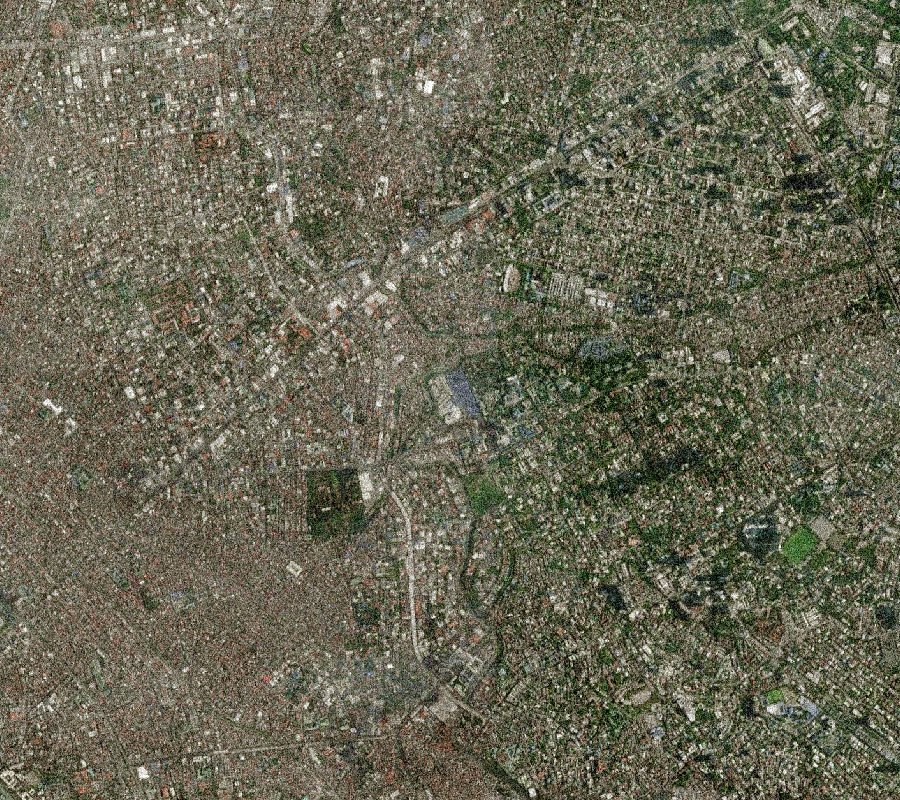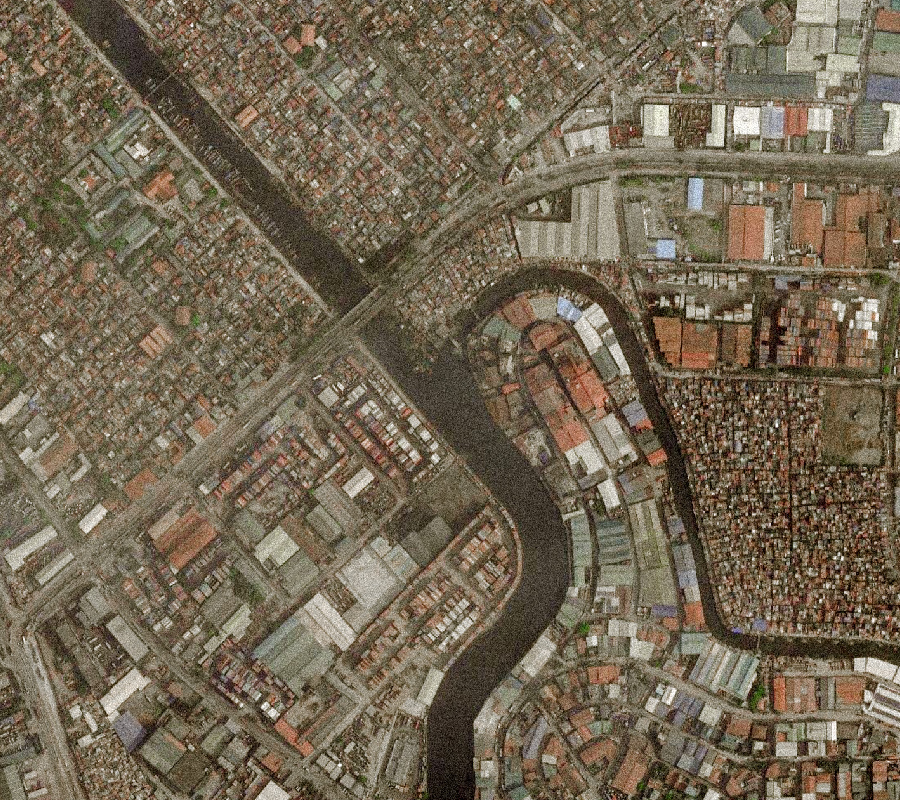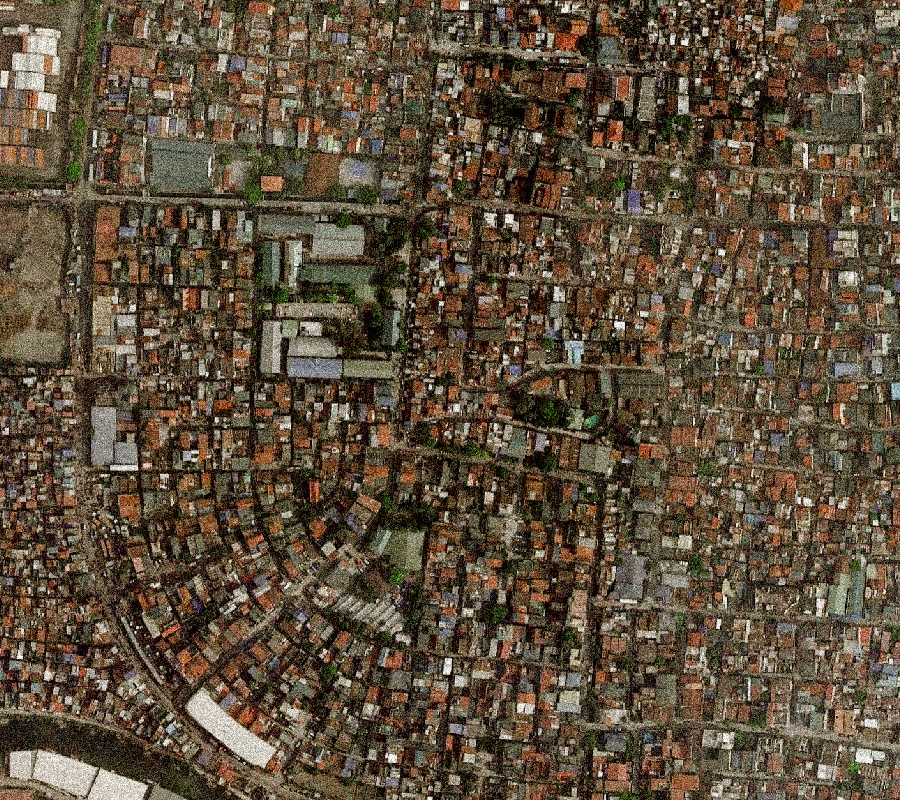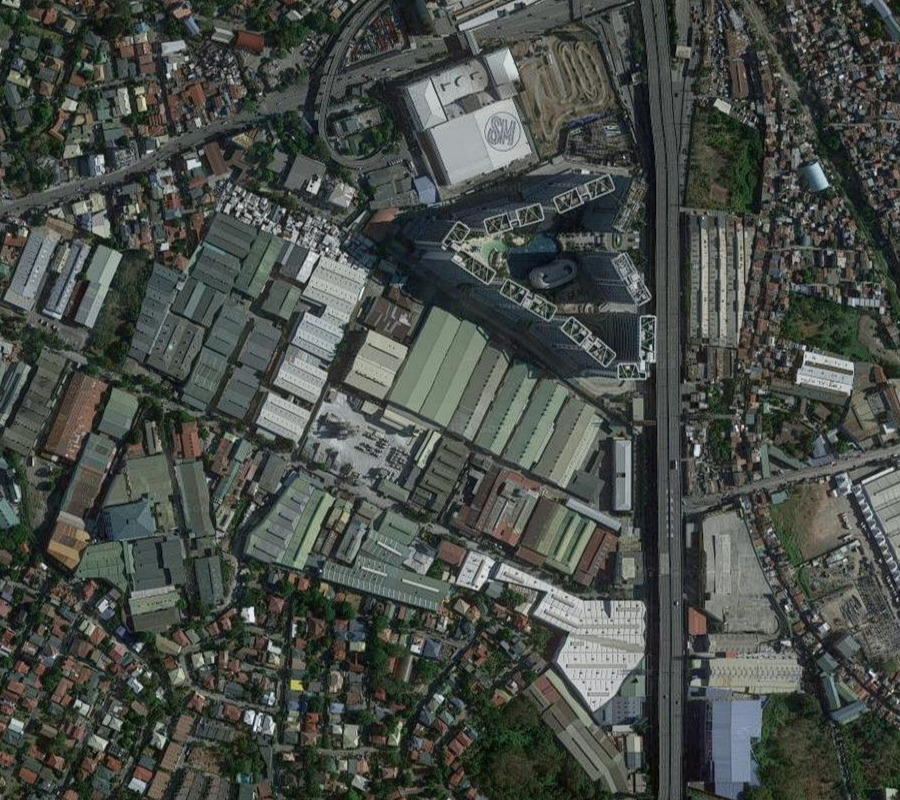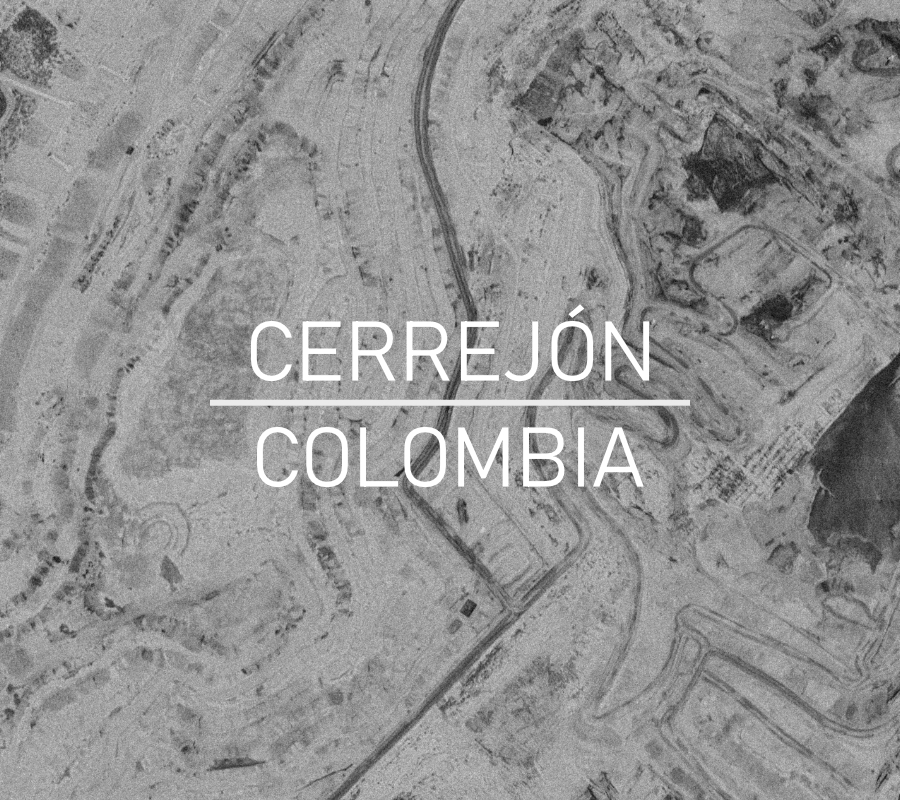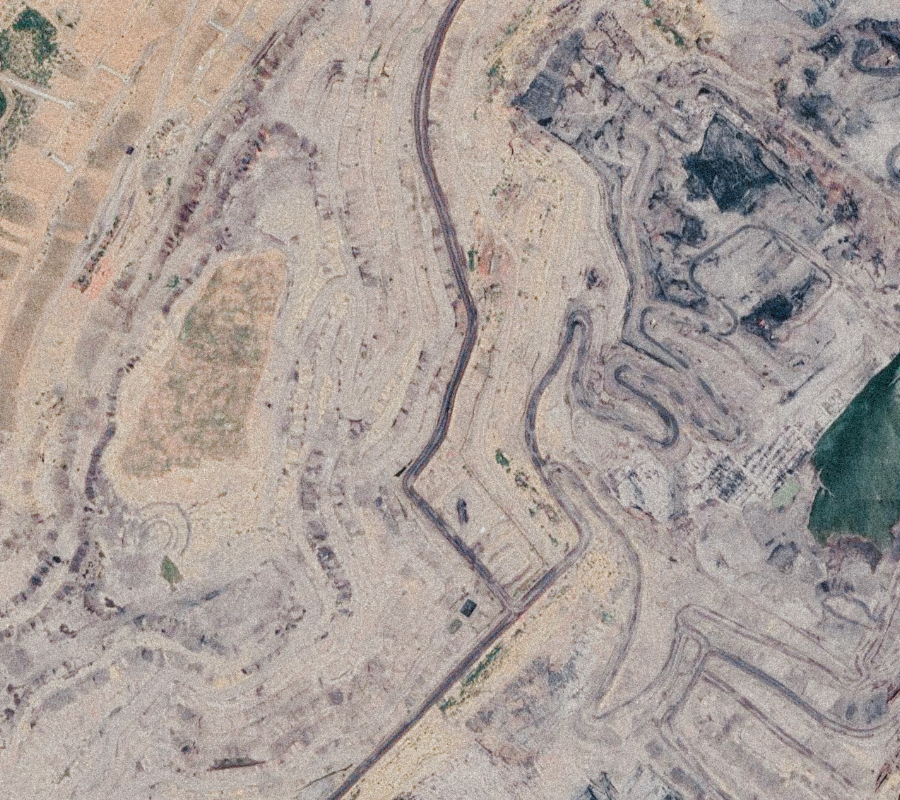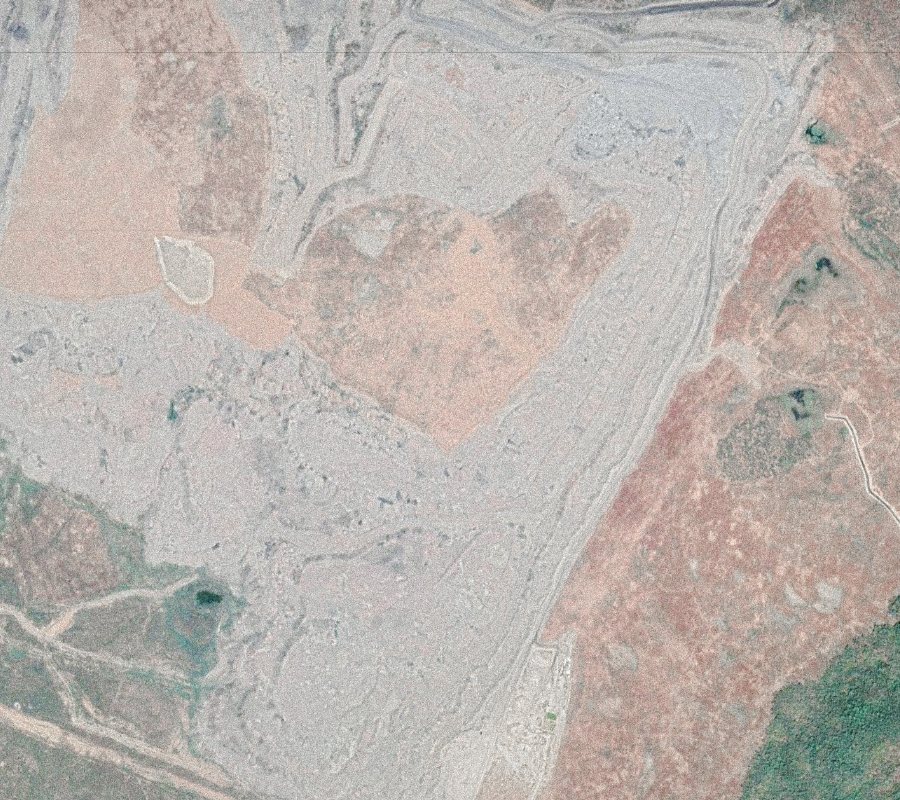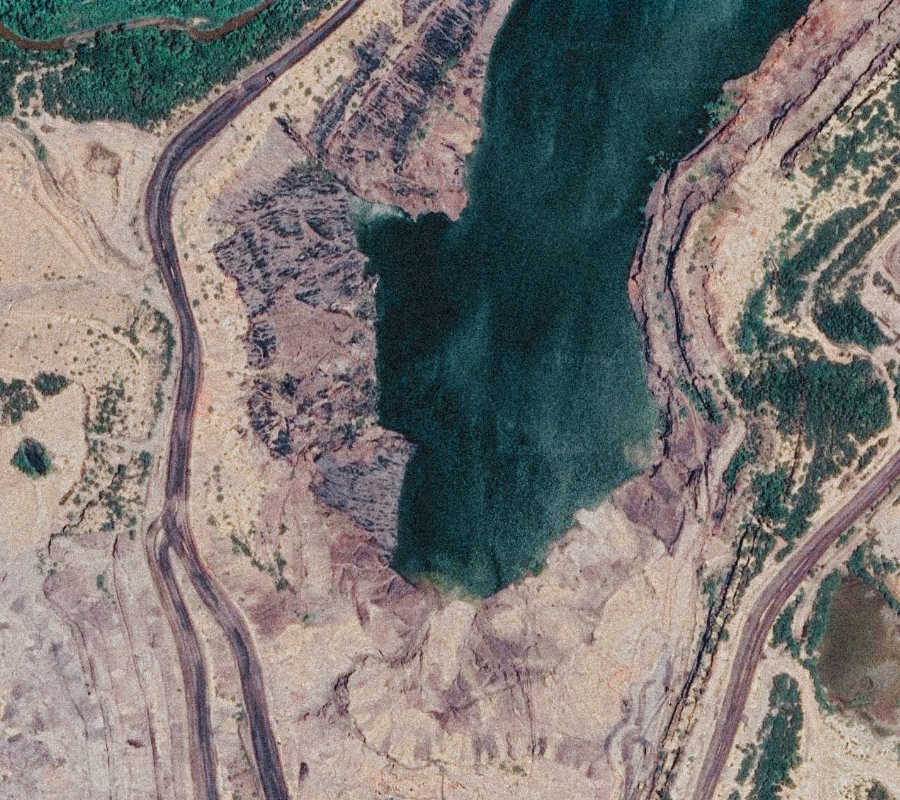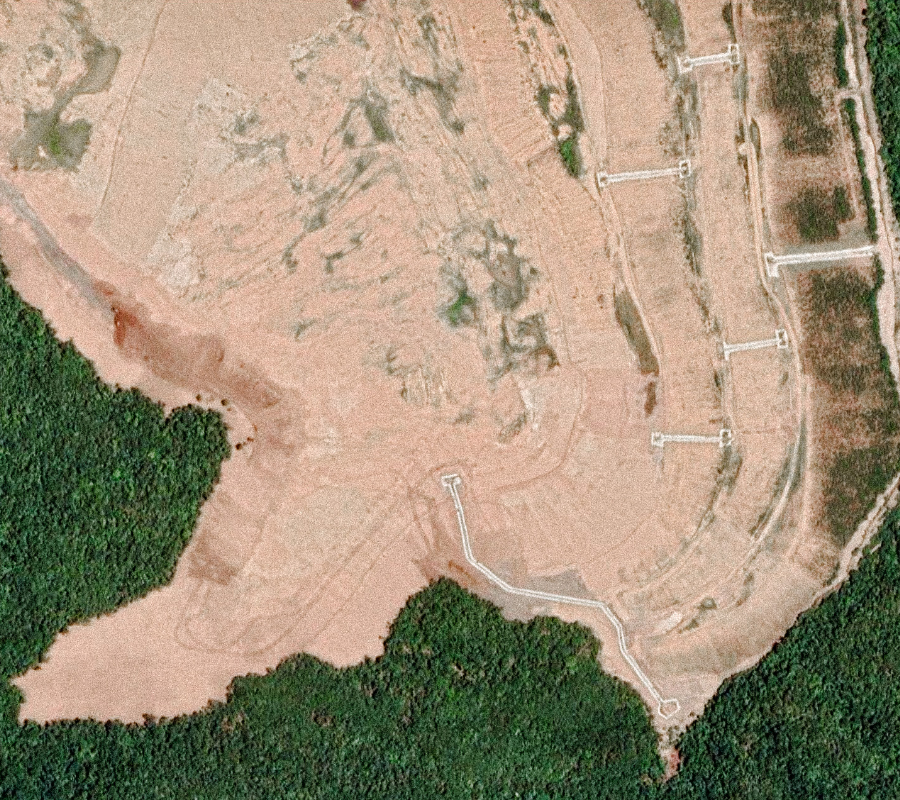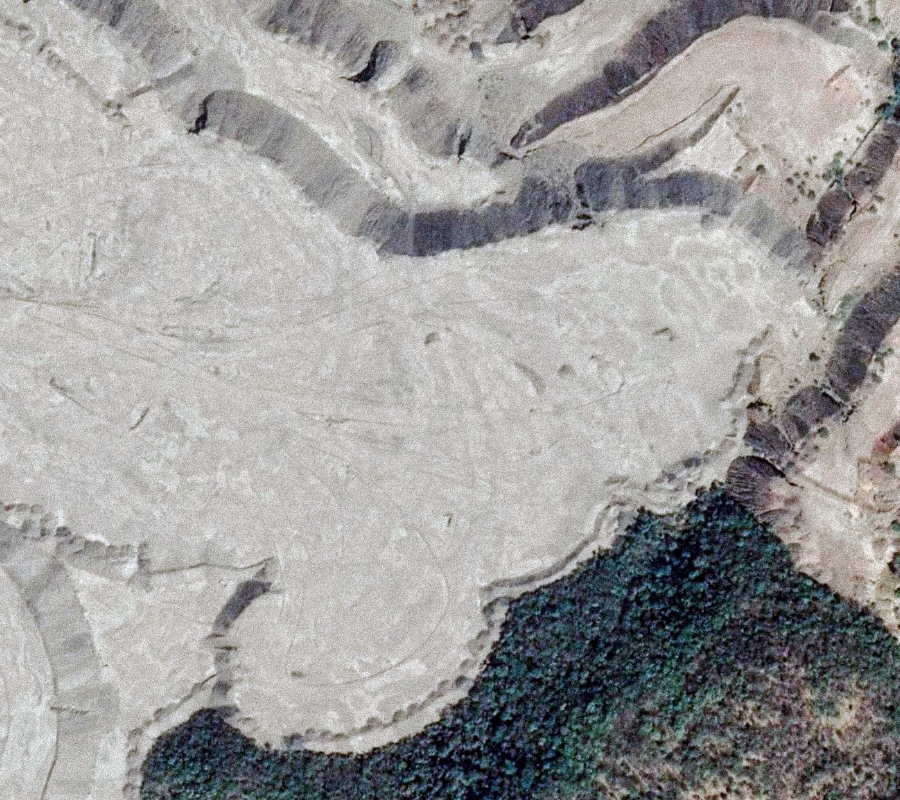
Landscapes of the Anthropocene is a visual and digital anthropology project I began in 2021 that explores how human activity has reconfigured the Earth’s surface. From open-pit mines to disappearing glaciers, from agricultural grids to desertified plains, the project composes an atlas of altered terrains — a planetary cabinet of transformations. Each site is approached not as an image of catastrophe but as an ethnographic fragment —a visual specimen through which the Anthropocene can be sensed, traced, and questioned.
This work departs from satellite imagery — a medium of distance, surveillance, and abstraction — and reclaims it as a tool for ethnographic intimacy. By treating satellite views as field encounters rather than neutral data, the project asks how the technologies that map destruction can also reveal the textures of interdependence, extraction, and care. Each image becomes an opening, a portal into the entangled infrastructures that sustain and exhaust the planet.
Alongside these curated landscapes, the project presents short anthropological vignettes: stories of extraction, displacement, and adaptation, but also of repair and coexistence. These textual fragments do not aim to illustrate the images; they unfold beside them, expanding their meanings through narrative, reflection, and speculation. The result is a multimodal ethnography of scale — an attempt to think the planetary through the partial.
Landscapes of the Anthropocene is also an experiment in cartographic method. It situates ethnography within digital geographies, exploring how satellite vision intersects with fieldwork, memory, and imagination. The project moves between pixels and ground, between archive and encounter, assembling a visual ethnography of the Earth as artifact.
Ultimately, this collection seeks to recompose the Anthropocene not as a singular epoch, but as a mosaic of situated worlds. Each entry — whether an image, a text, or a soundscape — functions as a fragment of this mosaic: an invitation to look again at the scars, circuits, and rhythms that bind humans to planetary matter.
From orbital visions to earthly entanglements →
Intensive Grounds – Entry 01
Seen from above, these circular geometries compose a pattern of precision and exhaustion. The green and beige disks are center-pivot irrigation fields—a choreography of wells and machines that redraws the soil’s metabolism. Water is extracted from ancient aquifers and redistributed across monocultures, turning desert plains into grids of synthetic fertility. Between them, rectangular scars of livestock complexes—sheds, lagoons, silos—convert animals into protein and waste.
Together they reveal agriculture’s planetary scale: a landscape that feeds cities while draining the ground. The aerial view exposes both beauty and violence, its machinic aesthetics built on deep-time resources. Each pixel condenses multiple temporalities: fossil energy, evaporating aquifers, the brief lives of confined animals, and the slow erosion of soil. This is not just farming but terraforming—a fragile order where cultivation meets extraction, and the Anthropocene unfolds as an everyday geometry traced by irrigation arms and feed pipelines.
Fields of Light – Entry 02
Across the Thar Desert, an immense grid of mirrors and panels unfolds, translating sunlight into capital. Bhadla Solar Park—one of the world’s largest photovoltaic complexes—extends over thousands of hectares, its metallic surface shimmering like an artificial sea. The desert’s austerity becomes an asset: dryness, emptiness, and exposure turned into infrastructure.
This landscape marks a new phase of extraction—one that harvests radiance instead of oil, yet still reorganizes land, labor, and life. Beneath the rhetoric of clean energy lie familiar tensions: displacement, enclosure, and ecological simplification. The promise of the renewable coexists with the repetition of industrial logic.
Here, energy flows not from the depths but from the sky. The Anthropocene’s geometry persists, now refracted through the mirror of sustainability: a planetary choreography of light, technology, and control.
White Grounds – Entry 03
In eastern Denmark, the Faxe limestone quarry cuts deep into the past. What appears as a pale wound in the landscape is, in fact, a cross-section of geological time—seabed sediments from 63 million years ago, when tropical waters covered the region. Today, these ancient corals and shells are excavated for cement and industry, turned from fossilized life into building material.
The quarry’s turquoise ponds, formed by groundwater and rain, contrast sharply with the surrounding whiteness, producing an accidental beauty born of extraction. Tracks from heavy machinery inscribe temporal rhythms: the slow formation of limestone, the rapid pace of removal.
Here, time becomes tangible. The quarry reveals both the depth of Earth’s history and the thinness of its future—how human economies fold the prehistoric into the present, leaving behind luminous, hollowed-out archives of what once sustained life beneath the sea.
Broken River – Entry 04
The Ituango Dam rises within Colombia’s mountainous Antioquia region, a monument to modern development and catastrophe. Conceived as the country’s largest hydroelectric project, it promised energy, progress, and control over the Cauca River. But in 2018, after a partial collapse during construction, the river swelled into chaos—villages submerged, ecosystems erased, thousands displaced. The waters that were meant to be tamed became an agent of devastation.
From the air, the reservoir’s pale-green surface conceals a flooded archive: forests, soils, and homes buried beneath its stillness. Sediment now accumulates in unnatural deltas; downstream, the river runs shallow and lifeless. The dam holds not only water but the residues of a broken promise—where electricity is generated through dispossession.
Here, the Anthropocene is infrastructural: a concrete wound that reconfigures life itself, turning the flow of a river into an instrument of both progress and mourning.
Geologies of Exhaustion – Entry 05
Seen from space, the Permian Basin unfolds as a dense constellation of extraction. Each white dot marks a well pad, connected by roads and pipelines that carve the desert into an energy-gridded anatomy. Beneath this patterned surface lies one of the most productive oil and gas fields on Earth—an underground infrastructure of fractures, chemicals, and pressure. The land itself becomes a machine, drilled and re-drilled, its porosity converted into capital and its sediments into fuel.
From above, the landscape oscillates between order and ruin: geometric precision masking geological violence. The wells appear static, yet they pulse with deep-time fluids—fossilized sunlight drawn from rock to power modern life. This choreography of extraction reveals the Anthropocene not as a distant epoch but as a lived infrastructure: an atmospheric industry where stone becomes vapor, and energy’s promise is inseparable from the slow exhaustion of the ground.
Tidal City – Entry 06
In Lagos, land and water are locked in constant negotiation. The city expands into the Atlantic, dredging sand to construct artificial islands and luxury enclaves, while its older quarters sink under rising tides. The lagoons and creeks that once sustained fishing communities now host ports, refineries, and real estate speculation. Floodwaters return each rainy season, erasing boundaries between infrastructure and wetland.
Here, the frontier of urbanization is liquid. The city builds itself by displacing the very ecologies that made it possible. Land reclamation projects promise safety and progress but deepen inequality, pushing poorer residents into more precarious, flood-prone zones.
Lagos reveals the Anthropocene as an amphibious condition—a city simultaneously built on water and haunted by it. Its growth is both a triumph of engineering and a slow drowning, a choreography of survival where every wave redraws the edge of the possible.
Plantation Terrains – Entry 07
In northern Thailand, the hills of Lamphun reveal a patterned density of cultivation—rows of orchards, monocrops, and industrial plantations etched into the soil. What from afar might resemble a patchwork of abundance is, in fact, a carefully managed ecology of extraction. Forests have been thinned into grids; biodiversity replaced by the repetition of economic species. The land’s metabolism is synchronized with markets rather than seasons.
This is the Plantationocene made visible: an epoch shaped not by machines alone but by the standardization of life. Trees are cloned, soils medicated, and water diverted into artificial veins. Labor, too, follows these rhythms of control—cyclical, precarious, and invisible.
Yet traces of resistance persist. Pockets of forest and irregular plots interrupt the order, reminders of other temporalities still rooted in the terrain. Between the rows, the earth remembers a slower, wilder choreography of growth.
Corridors of Water – Entry 08
The Panama Canal is both an engineering triumph and a planetary incision. It splits the continent to connect two oceans, transforming geography into infrastructure. Every lock, reservoir, and ship passing through reaffirms a global choreography of trade—an aqueous conveyor belt linking distant economies. Yet beneath this flow of goods lies a quieter displacement: forests drowned to create Gatun Lake, Indigenous lands fragmented, ecosystems remade to serve logistics.
The canal’s rhythm depends on water that no longer behaves predictably. Droughts, intensified by climate change, now threaten its operation, revealing the fragility of this industrial artery. What was once a symbol of control has become a site of hydrological uncertainty.
Here, the Anthropocene takes the form of a gate—metal, concrete, and current—where the pulse of commerce meets the exhaustion of the Earth’s circulatory system.
Tectonic City – Entry 09
Manila sprawls across a delta of rivers, landfills, and fault lines—a city built on instability. Its growth follows no single plan but rather a choreography of survival and speculation. Towers rise beside shantytowns; luxury malls cast shadows over corrugated roofs. Between these zones, floods recur like seasons, carrying waste, water, and memory through the city’s veins.
This dense fabric is both fragile and adaptive. Informal settlements cling to estuaries, tracing the geography of risk, while gated enclaves elevate themselves above it. Beneath the surface, the ground is subsiding, drained of groundwater and burdened by weight. Each rainfall redraws the city’s contours, each tremor recalls its precarity.
Manila embodies the Anthropocene as a lived condition: an urban tectonics of inequality, improvisation, and endurance. Here, the Earth is never still—it builds, collapses, and rebuilds through human persistence and planetary strain.
The Open Vein – Entry 10
The Cerrejón mine in La Guajira, Colombia, is among the largest open-pit coal mines on Earth—a scar so vast it has become its own geography. Layer by layer, the mountain is dismantled, its carbon veins exposed and carried across oceans to fuel distant cities. What remains is a landscape of absence: displaced rivers, erased forests, and communities pushed to the edge of survival.
Here, extraction rewrites both the terrain and its time. Ancient sediments, compressed over millions of years, are burned in a matter of hours, transforming geological pasts into atmospheric futures. The mine operates as a planetary lung in reverse—exhaling what the Earth once held.
Around its perimeter, the dust settles on crops, lungs, and waters. The line between resource and ruin blurs, revealing how the Anthropocene is not only a global condition but a local wound that never fully closes.
